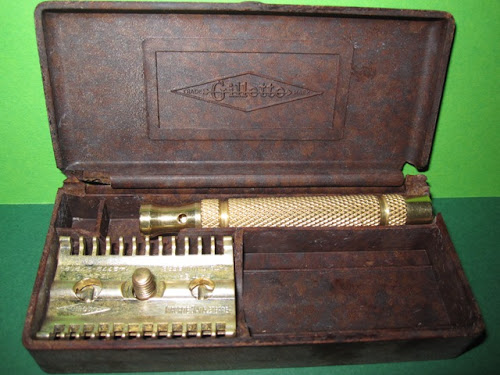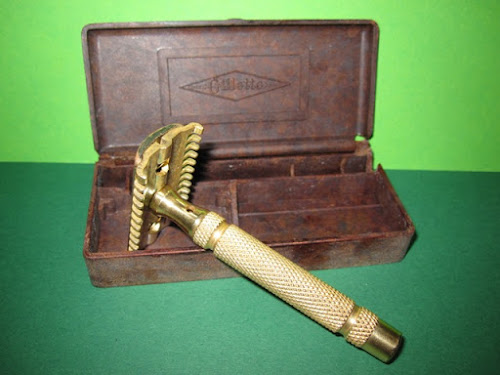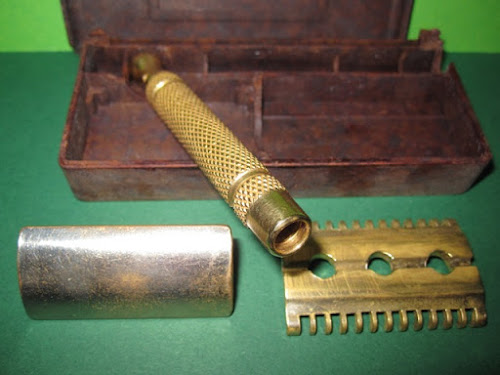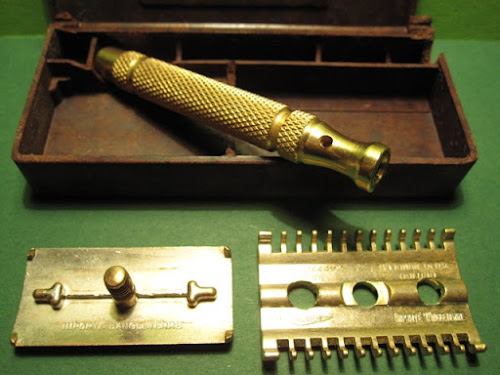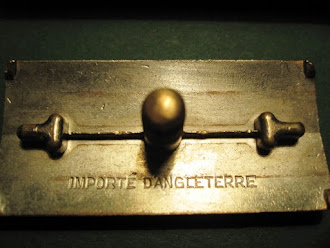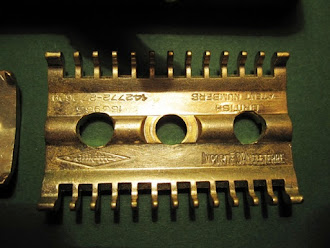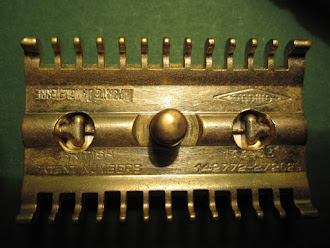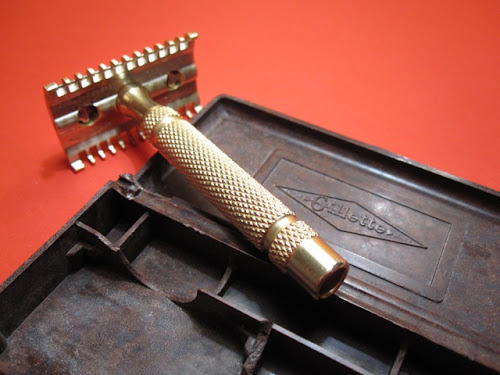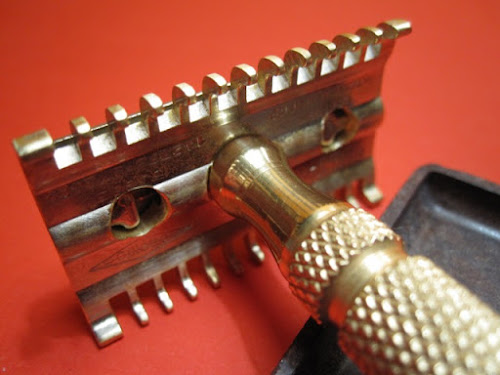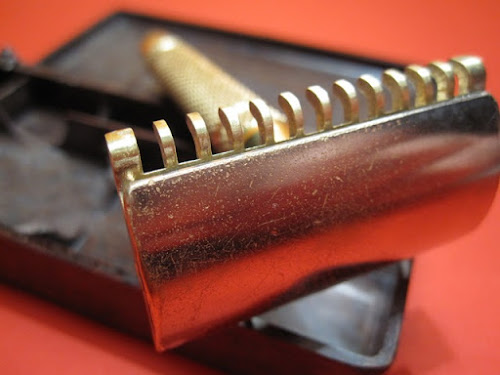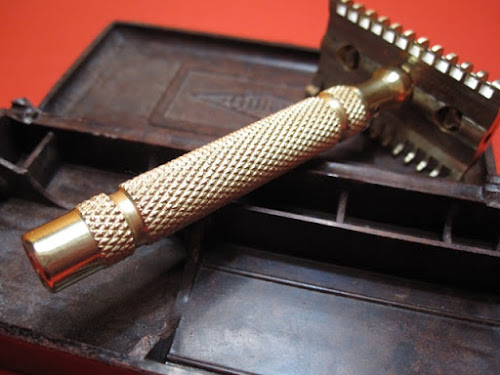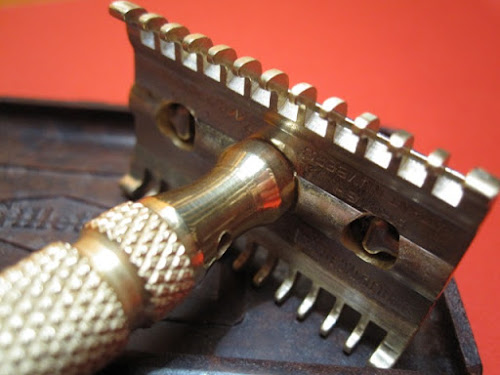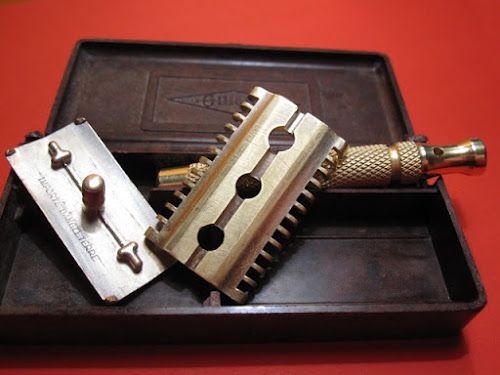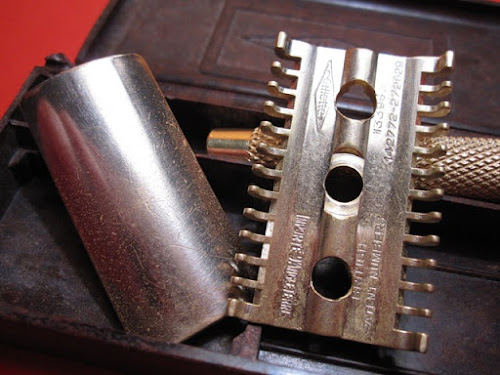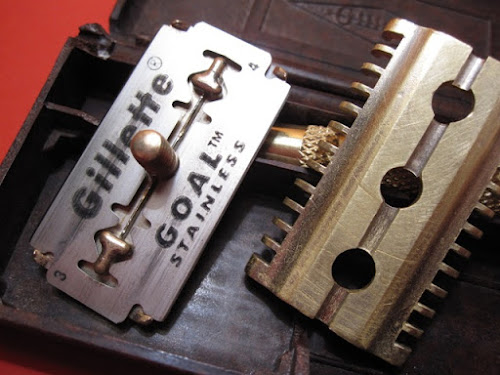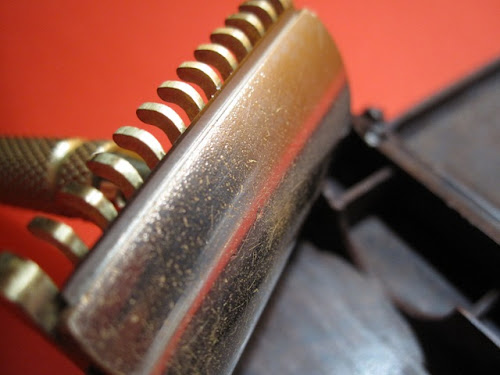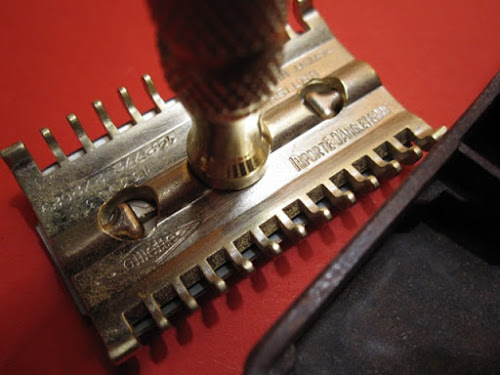Safety Razor Database is a mess. Rather than overhauling it, we have been thinking about replacing the whole thing with a redirect to http://wiki.badgerandblade.com/Category:Safety_Razors - where there are already subcategories for the various families of razor designs. We could add country-based categories to that.
I agree with both of you, but i dont think its a big mess, just a little tiny untidy. But i think that a little bit of light tweaking may just do the trick. The Base is still very functional, but due to Gillette international expansion many facts and important tidbits may be lacking. But so far alot of homework and hard research from our well informed members have more or less added to the Data base contents. Now it just needs a light tweak.That "index" style presentation is fine if you're looking to jump straight to a particular thing (and happen to know how what you're looking for was titled), but it would still be helpful to have a "table of contents" style presentation that would give you the context of the hierarchy of the different generations, which is what the Safety Razor Database is failing at right now.
